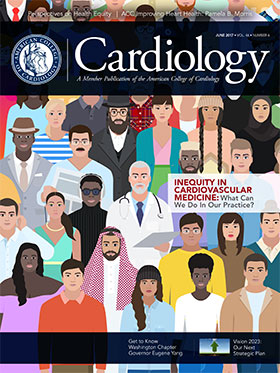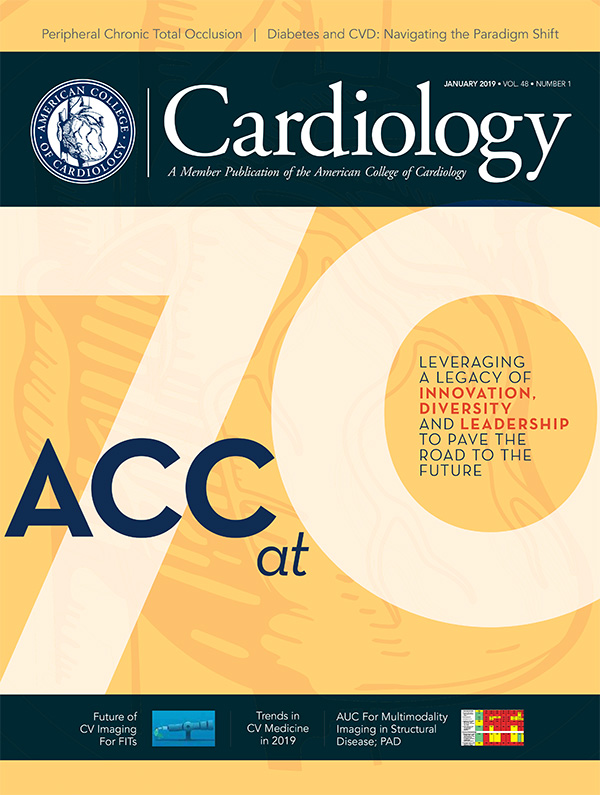Drifting Away from the Patient... Toward the Electronic Record
Nearly all of us are using electronic medical records to document our care, track our patients, review lab data and generally manage the large amount of clinical information that we encounter every day. In times past, it wasn’t difficult to track a patient’s progress by looking at their written record. The system, however, was flawed by the lack of detailed laboratory records and it was difficult to access, particularly for past records that are often essential for continuity of care. Even the quality of the information recorded in the chart varied considerably among practitioners, some of whom would add an extensive note at each visit and others who made an art of one line progress notes.
But we moved on as we should to more modern means of communication, including use of robust record systems that can track our clinical activity, keep a running tab on our patients’ laboratory status and hold and display images relevant to our patients’ health status. At the same time, our patients and our physician colleagues have become more diverse and add the challenge of other languages to our communications.
When we first learned to use electronic records, it was easy to copy and paste a note moving forward to avoid retyping the entire note. This resulted in the interesting observation of the same chart note being copied and pasted forward each day and posted as the current record. It didn’t take long for our information systems to prevent this type of behavior, by not allowing the same chart note to be repeatedly copied.
Clearly there is increasing demand on our time that limits the time we can spend with patients.
With all this change, we can be tempted to minimize personal contact with patients and rely on data obtained from the electronic record. This could be for medication checks, automated vital signs, automated displays of recent laboratory data or other pertinent clinical data provided directly to the patient without much interpretation.
Where do we go next? What about the next generation of clinicians who now represent a more diverse medical workforce, who come from many different backgrounds and ethnicities, who are multilingual and encounter a diversity of backgrounds in our patients? As we automate the information-gathering process, it is likely that many patients may be not fully and accurately characterized through the jargon of the electronic record.
Indeed, many of our trainees come from diverse backgrounds and may not be facile with the language of the electronic record. All of these factors have the potential to separate us further from our patients as we rely more on electronic communication.
Should we abandon the idea of a robotic assisted patient interview? In many ways, such a system might be more thorough and efficient, but clearly we need patient participation in the process. Accuracy in communication will be essential for any automated communication system, and the diversity of patients and care providers would likely make automated systems inaccurate. Would a patient be comfortable talking to a robotic communication system when they first arrive in the clinic? Could a set of measures obtained through an automatic system allow more rapid and efficient patient processing? Here again, accuracy in language communication is essential for accurate data gathering, and precision would clearly be compromised by the variety of patients we see in our practices.
Some current studies show that about half of the time spent in patient care is devoted to managing the electronic record. Much of this time is often spent during off hours, often at home, and has increased the time burden of physicians to keep up with the ever-increasing work commitments. Perhaps automated record collection at the bedside or outpatient office is not such a bad idea. What is the down side?
Most of us in cardiology still rely on the physical examination and history to discover the nuances of clinical heart disease. We expect to make a clinical diagnosis of heart disease within the context of the history and physical examination, and then confirm our findings with appropriate non-invasive and invasive tests. How many errors would we make by relying only on objective laboratory data? We learned several decades ago that our clinical decisions needed to be made on the best data we had, and initially that wasn’t much data. Now we have echo, CT, MRI, nuclear studies and more that help boost the sensitivity and specificity of our tests. Yet, in the background is our clinical assessment, a differential diagnosis, a plan of care based on our collected information and finally the opportunity to sit with the patient and his or her family to explain their medical condition and provide the plan of care.
Clearly there is increasing demand on our time that limits the time we can spend with patients. Will the time come when the patient encounter is limited to three or four minutes for reviewing and summarizing, providing a little advice and at least allow the patient to know our name and face? Our electronic record system wants us to spend 13 minutes for a patient encounter. None of us ever reach this goal, at least now when we still want to spend a few minutes with the patient and his or her family. With a changing reimbursement system, it is difficult to predict what physician reimbursement will look like in another year, but it is likely that there will be some reductions. If that is the case, we will be pressured to lower our costs to live in a world of reduced reimbursements. Perhaps a robotic physician assistant is not such a far-fetched idea.

Alfred A. Bove, MD, PhD, MACC is professor emeritus of medicine at Temple University School of Medicine in Philadelphia, and a former president of the ACC.
 |
|
| Click the cover image above to read the latest issue of Cardiology in e-pub format or click here to read it on the web! | |
Keywords: ACC Publications, Cardiology Magazine, Continuity of Patient Care, Diagnosis, Differential, Electronic Health Records, Heart Diseases, Physician Assistants, Tomography, X-Ray Computed
< Back to Listings

